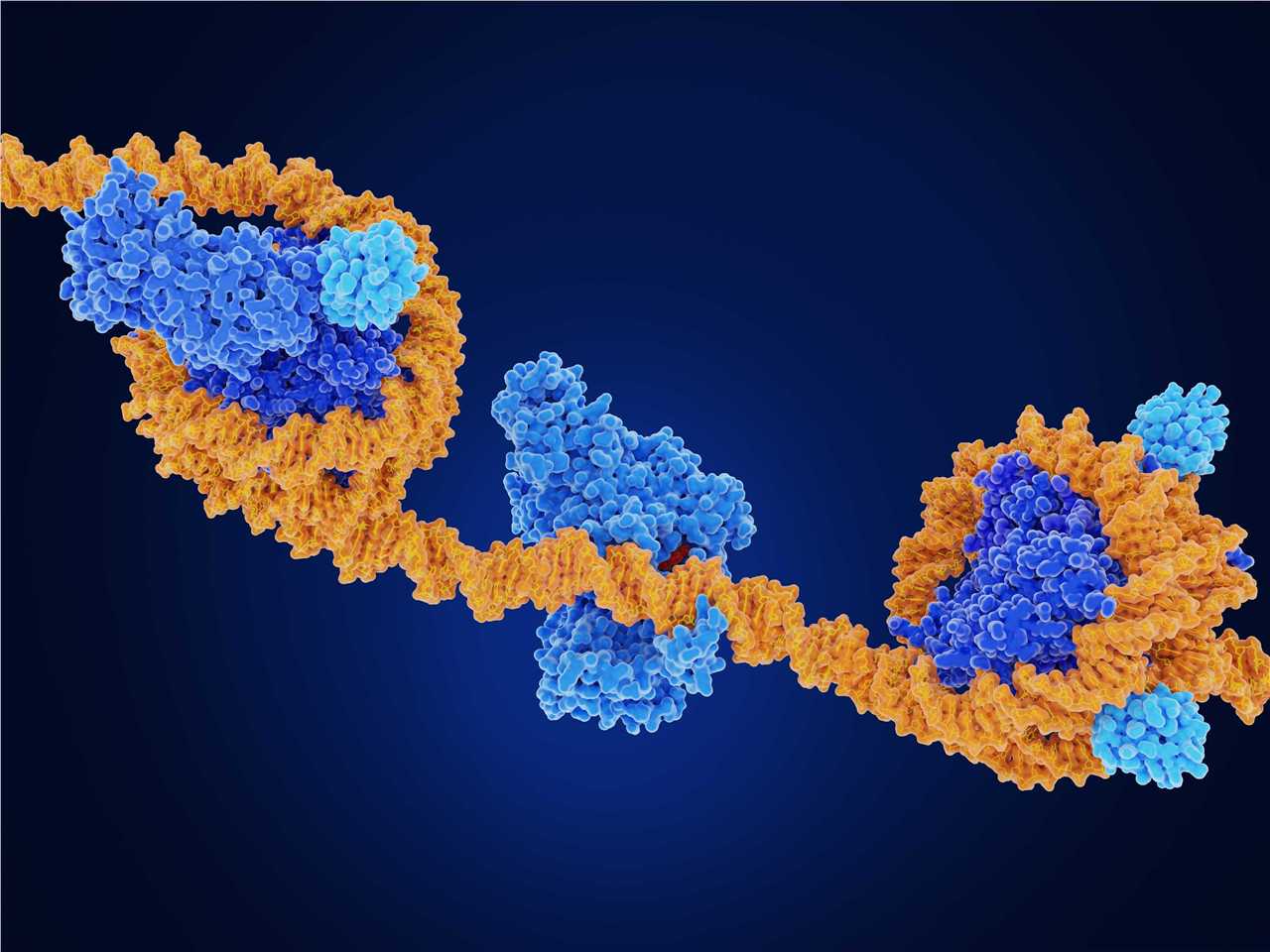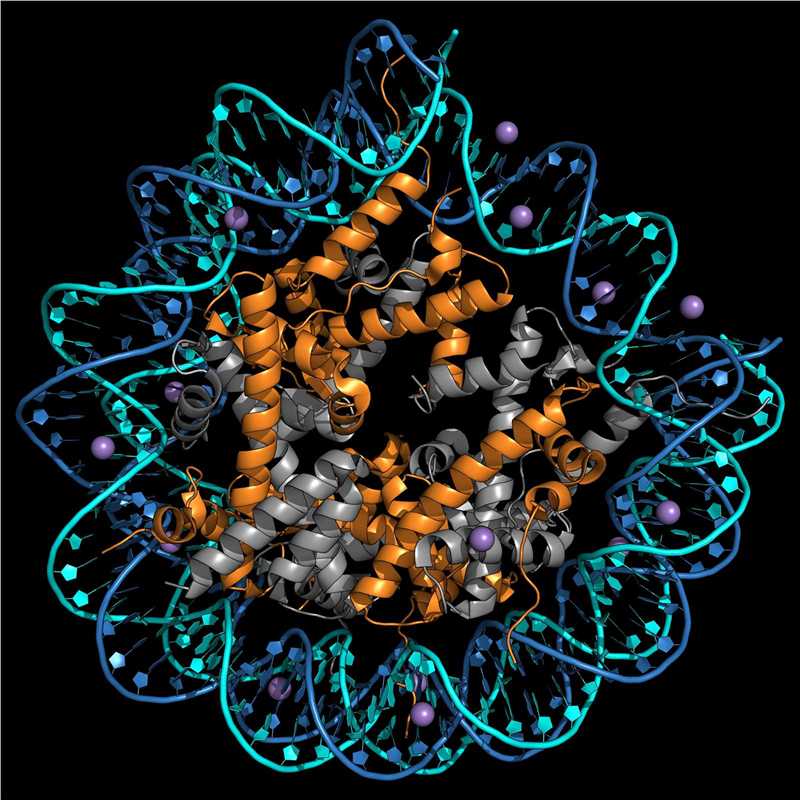Rodents, marine animals, insects, non-human primates, and other animals play not only an important role in agricultural production but also medical research. Mice, rats, pigs, and monkeys are often used as human disease models to investigate human disease mechanisms and to screen new drugs. Currently, a huge amount of animal genomic data has been made public, and the study of animals has long entered the genomic era. With the development of biotechnology, the epigenome sequencing technology of animals is increasingly popular among scientists.
As we all know, epigenetics is the study of hereditary changes in gene activity caused by mechanisms other than DNA sequence changes. Epigenetic regulation is mainly composed of three major regulatory modes: histone modification, DNA modification, and chromatin accessibility. Among them, histone modification and chromatin accessibility are important epigenetic regulation methods. Histone modification sites are often closely related to cis-acting transcriptional regulation elements, and chromatin accessibility is also an essential characterization of transcriptional activation.
Chromatin immunoprecipitation sequencing (ChIP-seq), a mainstream technique for epigenetic sequencing, is used to detect DNA segments that interact with histones, transcription factors, etc., on a genome-wide scale. Assay for transposase-accessible chromatin with high throughput sequencing (ATAC-seq) is a method for analyzing transposase-accessible nuclear chromatin. Sequencing adapters are inserted into open regions of chromatin by the highly active Tn5 transposase, and the sequencing data are then used to infer the accessibility of chromatin regions and calculate the regional positions of transcription factor binding sites and nucleosomes.
Lifeasible, a pioneer in the sequencing field, provides customers worldwide with epigenome sequencing methods for a wide range of animal species, as follows.
Histones are the proteins responsible for packaging DNA. There are various mechanisms to modify histones, including acetylation, methylation, and phosphorylation, to control the interaction of histones with DNA and thus the structure and gene activation of DNA. ChIP-seq can reveal epigenetic regulation and dysregulation mechanisms at specific genetic loci or throughout the genome.
Eukaryotic nucleosomes are in different chromatin conformations. In the tight chromatin regions, transcription is impossible, resulting in gene silencing. In open chromatin regions, transcription factors and machinery are allowed to bind, resulting in active gene transcription. ATAC-seq can detect which genomic regions are active throughout the genome in different cells or states, helping to identify critical pathways and associated genes.
 Wide species coverage
Wide species coverage
 Simple sample preparation
Simple sample preparation
 High-cost effectiveness
High-cost effectiveness
 Wide range of applications
Wide range of applications
Lifeasible has extensive experience in animal sequencing and can provide epigenome sequencing solutions for mice, rats, chickens, pigs, bovines, sheep, fish, marine invertebrates, insects, non-human primates, equine and other animals. We aim to meet all the needs of our customers, and each service is assigned to a dedicated person to help our customers' scientific research. For more information, please contact Lifeasible.
Lifeasible has established a one-stop service platform for plants. In addition to obtaining customized solutions for plant genetic engineering, customers can also conduct follow-up analysis and research on plants through our analysis platform. The analytical services we provide include but are not limited to the following:
STU-CRISPR System Improves Plant Genome Editing Efficiency
April 19, 2024
Application of Exosomes in Facial Beauty
April 12, 2024

